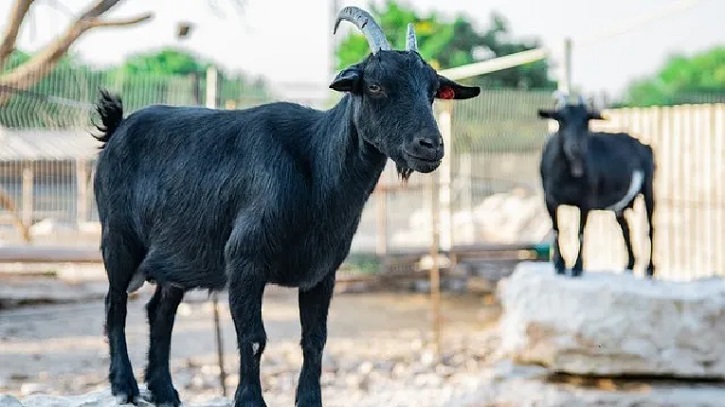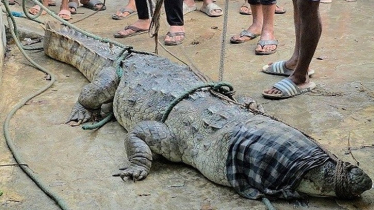
Goat farmers in Bangladesh have been urged to stay vigilant against two of the most common and deadly diseases affecting goats—anthrax (locally known as “torka”) and mastitis (“olan paka”). Experts stress that understanding the symptoms, prevention, and treatment of these diseases is crucial for protecting livestock and farmers’ livelihoods.
Anthrax, caused by the bacterium Bacillus anthracis, is particularly prevalent in tropical climates and spreads rapidly in damp conditions. The disease is so severe that symptoms may appear within 12 to 18 hours of infection, and in some cases, goats may die before any visible signs emerge.
Infected animals develop a high fever, lose appetite, stop chewing cud, and become restless. They often suffer from abdominal pain and pass blood-mixed feces. Death usually occurs within a short period, often preceded by unconsciousness.
Veterinary experts recommend isolating healthy goats immediately if any animal dies suddenly or anthrax is suspected. Carcasses should be buried at least six feet deep in a remote area to prevent the spread of infection. In the early stages of infection, injecting 5 lakh units of procaine penicillin into the thigh muscle or 5 milliliters of terramycin in the muscle may help recovery.
Mastitis, or “olan paka,” another common disease, affects the udders of goats—similar to cattle and buffalo. It typically occurs shortly before or after giving birth and may result from bacterial infection entering through minor wounds.
Symptoms include fever, rapid pulse, swelling and hardening of the udder and teats, and the secretion of watery or clotted milk—sometimes mixed with blood. In severe cases, sudden death may occur.
Preventive measures include careful handling during milking or nursing to avoid wounds, and immediate cleaning and disinfection if injuries occur. Infected goats should be kept in clean environments, and milk from the affected udder should be expressed two to three times daily and washed with iodine solution. When possible, iodine can also be infused directly into the udder using a cannula.
Veterinarians recommend administering ampicillin at a dose of 3 milligrams per kilogram every eight hours, along with ketoprofen at 1.4 milligrams per kilogram intravenously every 36 to 48 hours, to help goats recover quickly.
Experts emphasize that maintaining cleanliness and early detection are key to reducing the risk of these life-threatening diseases that continue to challenge small-scale goat farmers across Bangladesh.





